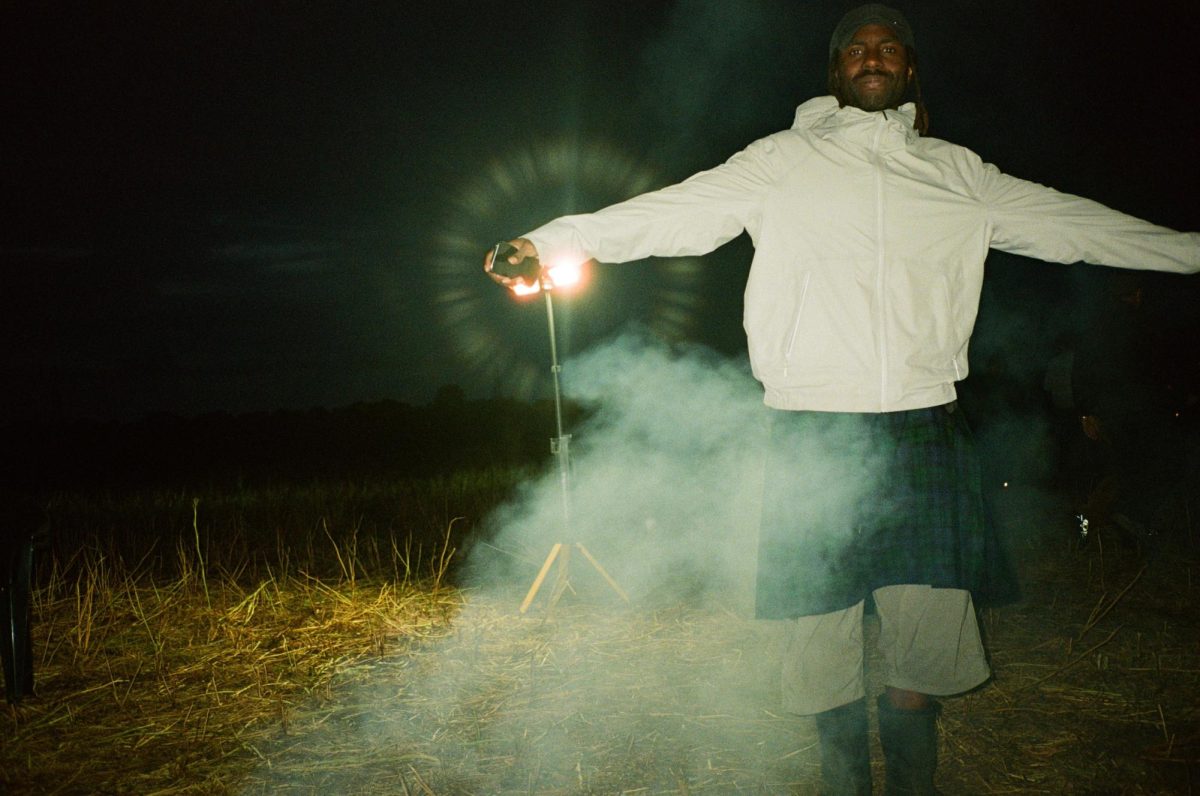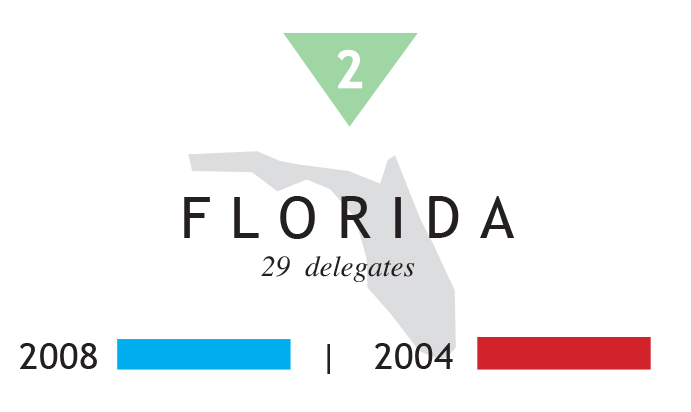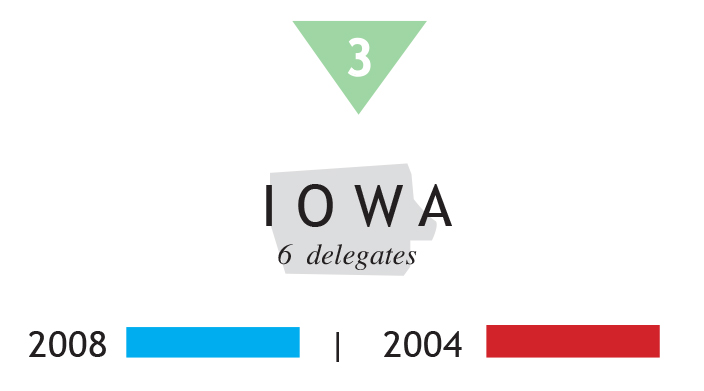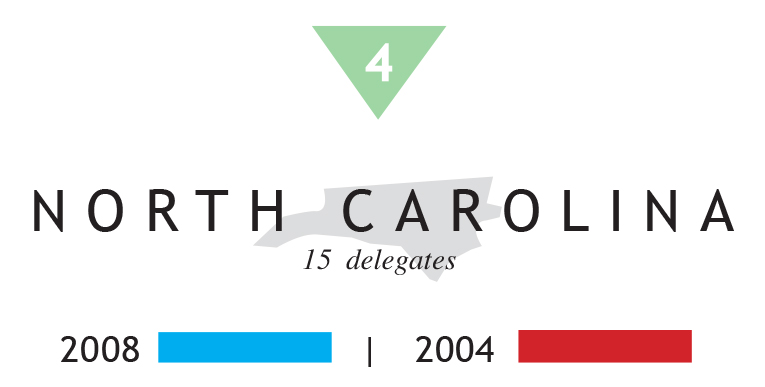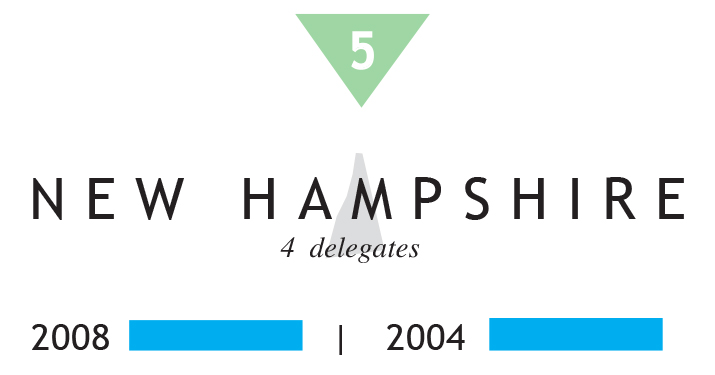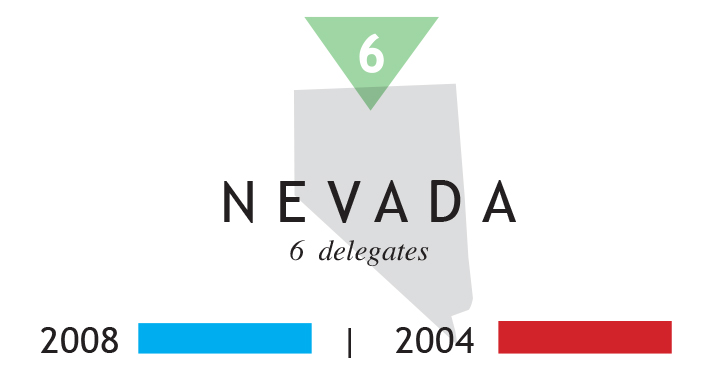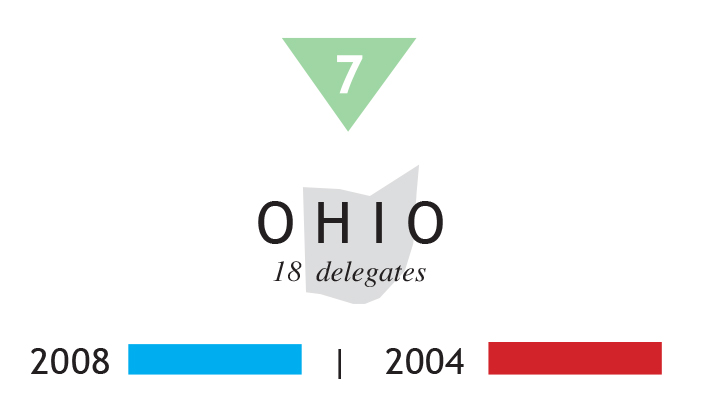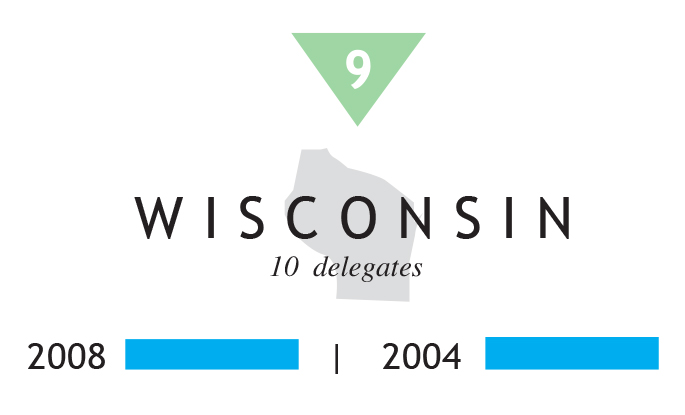These nine states and their combined 110 electorate votes will be the deciding factors come Nov. 6. As seen in the 2000 election between George W. Bush (R) and Al Gore (D), the votes of swing states could determine the outcome as a whole. Based on the 270 solid votes and projected votes necessary to win, President Obama needs to add at least 33 of the 110 possible votes in comparison to the 79 needed by Gov. Mitt Romney. While the gap is much wider for Romney, it would not be out of the question for him to gain the advantage if he takes the larger states.
Colorado
Factors:
– Obama could face problems with the weariness of big government looming over the state
– Independents and women strongly support the Republican party
– Has a long history of voting Republican
Significance:
The state is largely known as a swing state due to the independent nature of its electorate. In 2004, Bush narrowly beat John Kerry by 4.7 percent. The following election, Obama took McCain by nine percent. Colorado’s population has grown significantly in the past few decades — the state has added 50 percent more electoral votes since the 1960s — creating an unsettled political demographic of voters.
Florida
Factors:
– Sour economy and home foreclosures
– Despite the large population of retired individuals who consistantly vote, it faces challenges – amongst youth and Hispanic voters
– The Republican National Convention was held here
Significance:
Bush won the 2000 election by a margin of 537 votes out of the six million that were cast in total. After the other states were decided, Florida’s votes were the ones that seriously counted because of the narrow margin. Due to the controversy surrounding a recount, Florida’s role as a swing state led to calls for electoral reform in the state.
Iowa
Factors:
– Obama narrowly won this state during the last presidential election
– Romney has spent a huge amount of money attacking Obama in this state
Significance:
This state used to have a reputation for voting Republican, but lately has drifted to the left. During each election, all eyes turn to Iowa because it is the first of the presidential caucuses. In the 2004 election, Iowa went narrowly to Bush but shifted in 2008 when Obama won by a margin of 150,000 votes. From 1968 to 1984, Iowa voted Republican, but from 1988 to 2000 the state settled on Democrats. Both parties have been campaigning hard in the state.
North Carolina
Factors:
– The Democratic National Convention was hosted here
– Has a long history of voting Republican
Significance:
It will be hard to determine how North Carolina will vote this election. Obama was the first Democrat since Jimmy Carter in 1976 to take the state and hold the Democratic National Convention. This was a strategic move for the Democrats to retain their momentum. The political climate of the state is largely Republican, and the party took over the majority of state legislature in 2010.
New Hampshire
Factors:
– Vice president Joe Biden has made many trips to try to sway voters and argue against Romney
– Romney is the state’s “favorite son” and a frequent vacationer
Significance:
New Hampshire has had four electoral votes since 1884. The independent nature of its voters lends to its reputation as a swing state. However, the state has voted Democrat in four of the past five elections. Obama’s win last election does not guarantee another. He beat McCain, who didn’t have the same longstanding relationship with the state, by only 9 percent.
Nevada
Factors:
– Declining economic outlook with slow rebound
– Obama is hoping to appeal to the Hispanic and lower-income population
Significance:
Until the 1980s, Nevada’s three electoral votes were solidly red. However, since the influx of a largely Hispanic and blue population in the past three decades, Nevada has become a deciding state in elections. It also has a very large Mormon population.
Ohio
Factors:
– Voters may be motivated by Obama’s win last election and their improving economy
– Large portions of the state remain conservative
Significance:
Ohio was dubbed the most important state in the nation by The Washington Post. A Republican loss in the state has never coincided with a Republican election to the White House. The state has a long history of voting Republican, but Obama reversed the trend in 2008. It is worth noting that in the past 12 elections, Ohio has accurately chosen the elected president.
Virginia
Factors:
– Large population of government workers, shifting political demographic
– Deeply conservative historically
Significance:
In the past 10 elections, Virginia voted exclusively for Republicans until 2008 when they elected Obama. It was a surprise victory for Obama. The shift from right to left leaves the outcome in 2012 unpredictable. The state elected a Republican governor, Bob McDonnell, in 2009. In the 2011 elections the Republican party was the majority in the state Senate, giving them control over both houses of the legislature.
Wisconsin
Factors:
– Historically voted Democratic
– Rep. Paul Ryan is from this state
Significance:
Wisconsin is rather new to the swing state club. In the past six elections the state has gone Democrat. But with Rep. Paul Ryan as his running mate, Romney has significantly shrunk Obama’s lead in the state. Recent trend towards red, including the 2010 elections of Ron Johnson (R) to the Senate and Scott Walker (R) to governor, could give Romney an edge.
A version of this article appeared in the Friday, Oct. 26 print edition. Bridgette Doran is a senior editor. Email her at [email protected].













































































































